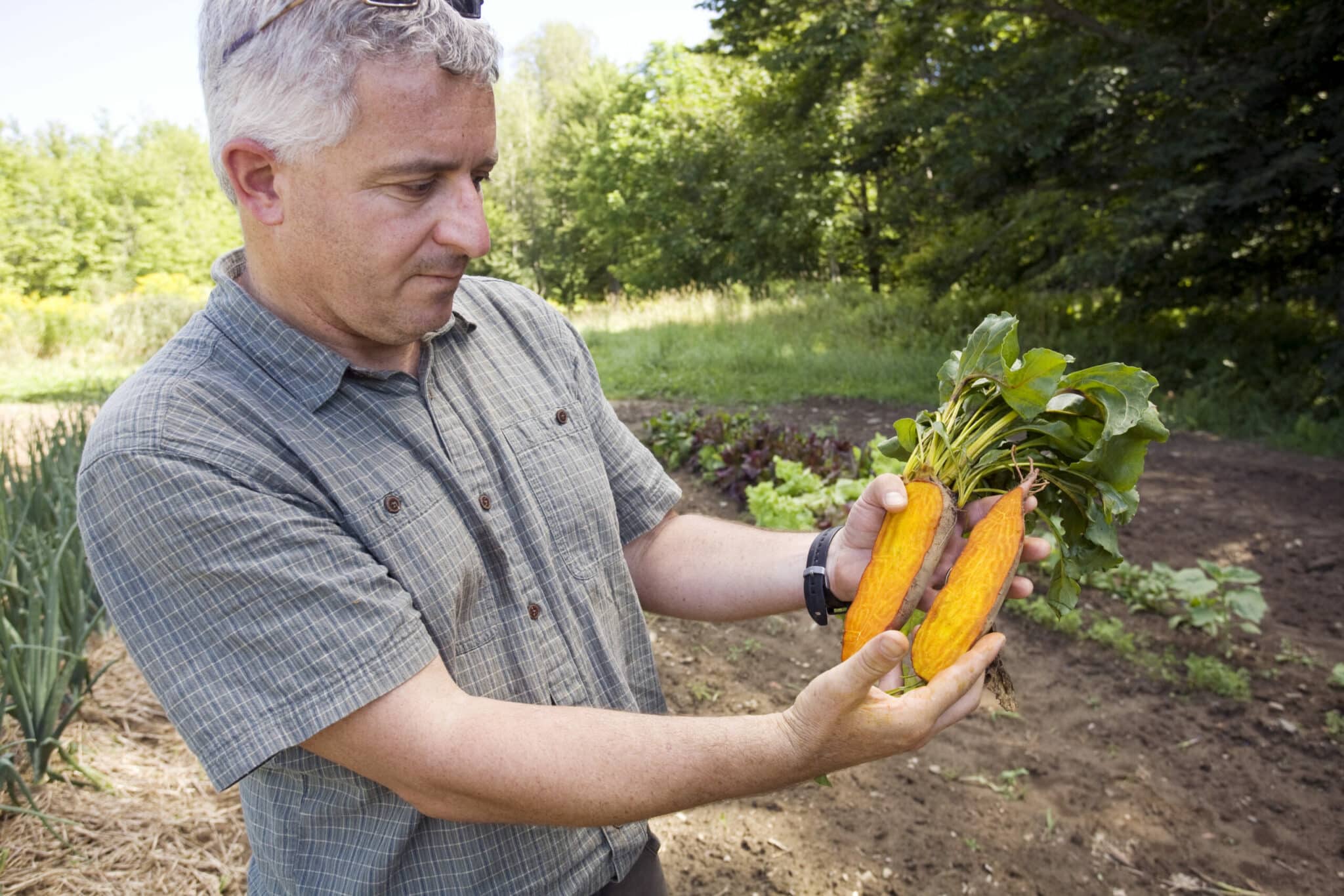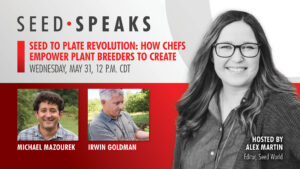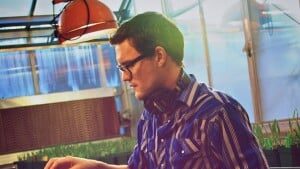Irwin Goldman, professor at the University of Wisconsin, says it’s imperative to get in the field and get down and dirty when learning about crop breeding.
Seed World (SW): Do you have a favorite podcast to listen to?
Irwin Goldman (IG): My favorite podcast is Shakespeare Unlimited, from the Folger Shakespeare Library in Washington D.C. Over the last two years, I’ve come to appreciate the power of his artistry and the way he can pierce the deepest corners of the human condition through language. The podcast is one of my best companions on long car trips and during extended sessions threshing and packeting seed.
SW: No. 1 favorite vegetable to work with?
IG: The table beet. I wasn’t a huge fan as a kid, but back then I thought of beets as a huddled-masses throwback from another era. My own relationship with this vegetable traces the arc of the modern beet renaissance, which has been on an upward trajectory for the past 30 years.
SW: Got a lab motto to keep yourself and your research students going?
IG: Chance favors the prepared mind. We try to plan well ahead of time and stay organized so that we’re poised to take advantage of opportunities as they arise. So much of plant breeding depends on organization and yet so many of its best moments depend on chance occurrences.
SW: Why did you choose to special your lab in onion, carrot and table beet research?
IG: My predecessor, Warren “Buck” Gabelman, selected these three crops to breed when he came to Wisconsin in 1949. By the time I started in 1992, he had very successful breeding programs developed, and it seemed reasonable to continue this work. All three crops are important to Wisconsin’s agriculture, and as biennial root and bulb crops, they share certain biological commonalities.
SW: Do you have any specific breeding goals in mind while working?
IG: Yes. In certain parts of our breeding program, we are focusing on a particular disease resistance or a specific horticultural attribute like shape or flavor. In others, we are advancing populations through a certain number of generations or backcrosses in order to achieve a desired objective. We do, however, reserve a small portion of the program for evaluation of progeny from crosses where no one particular objective was in mind when the cross was made.
SW: What’s the No. 1 thing you hope to learn from your research?
IG: We’d like to understand how some of the key horticultural traits that farmers, seed growers, chefs, and consumers want are controlled and influenced by genes and the environment.
SW: What would be your advice for students interested in vegetable breeding?
IG: Get your hands dirty! There is no substitute for in-the-field learning, where you are working with the crop in its growing environment. This requires a commitment to being outside in all conditions and to understanding how the crop is grown, how it looks and tastes, and how it is influenced by different practices.
Want to read more Q&As? Check Out:
Navigating Federal Policy: Q&A with Laura Wood Peterson
Strengthening an Identity: Q&A with Colin Steen
Working as a Continous Circle: Q&A with Doug Miller













